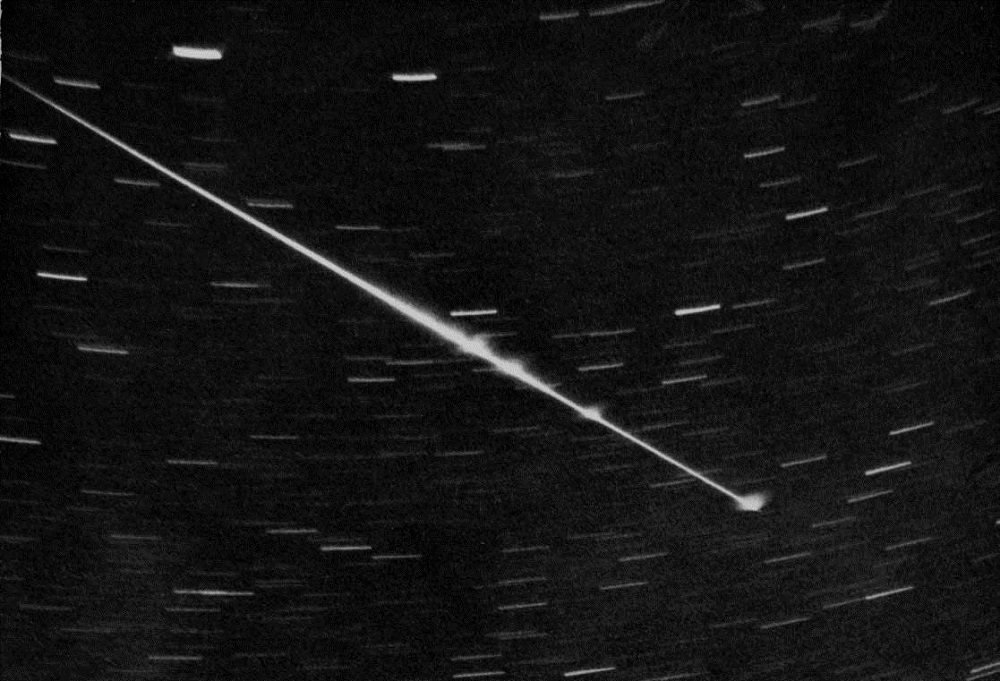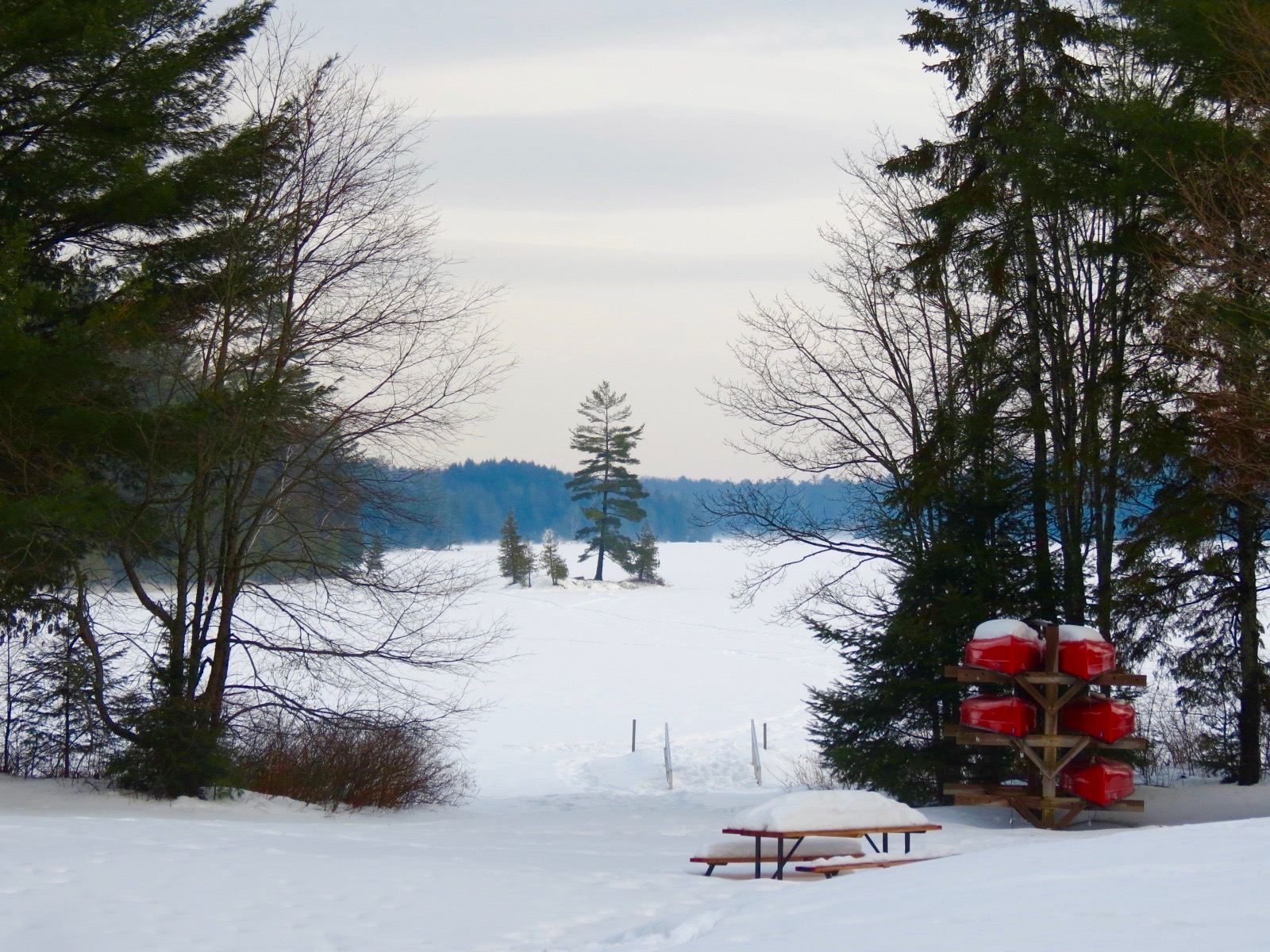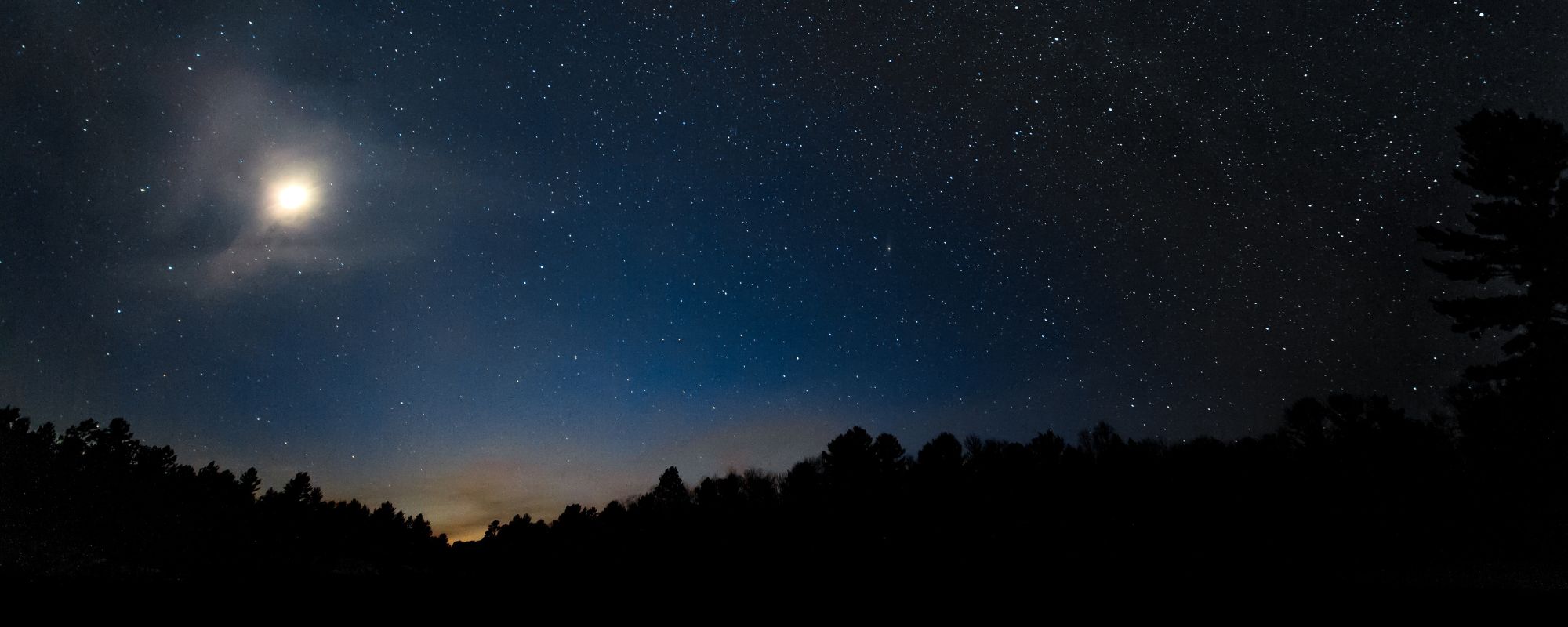
Welcome to the Ontario Parks “Eyes on the Skies” series. This space (see what we did there?) will cover a wide range of astronomy topics with a focus on what can be seen from the pristine skies found in our provincial parks.
For those of us in Ontario, April is that transition month between winter and spring weather. The snows start to melt away, the lakes start to open up and, by month’s end, the first buds may appear on the trees.
Here are our astronomical highlights for April 2025:
~
The sun

The sun is the closest star to the Earth.
It is a tremendous, massive ball of gas about 1,400,000 km across. The thermonuclear energy at the core of the sun radiates outwards in all directions and by the time that energy arrives at the Earth, over 150,000,000 km away, its still powerful enough to provide us with the light and heat required to support the life on our planet.
Sunrise and sunset times:
| April 1 | April 15 | April 30 | |
| Sunrise | 7:04 a.m. | 6:38 a.m. | 6:13 a.m. |
| Midday | 1:29 p.m. | 1:25 p.m. | 1:22 p.m. |
| Sunset | 7:54 p.m. | 8:13 p.m. | 8:33 p.m. |
~
The moon
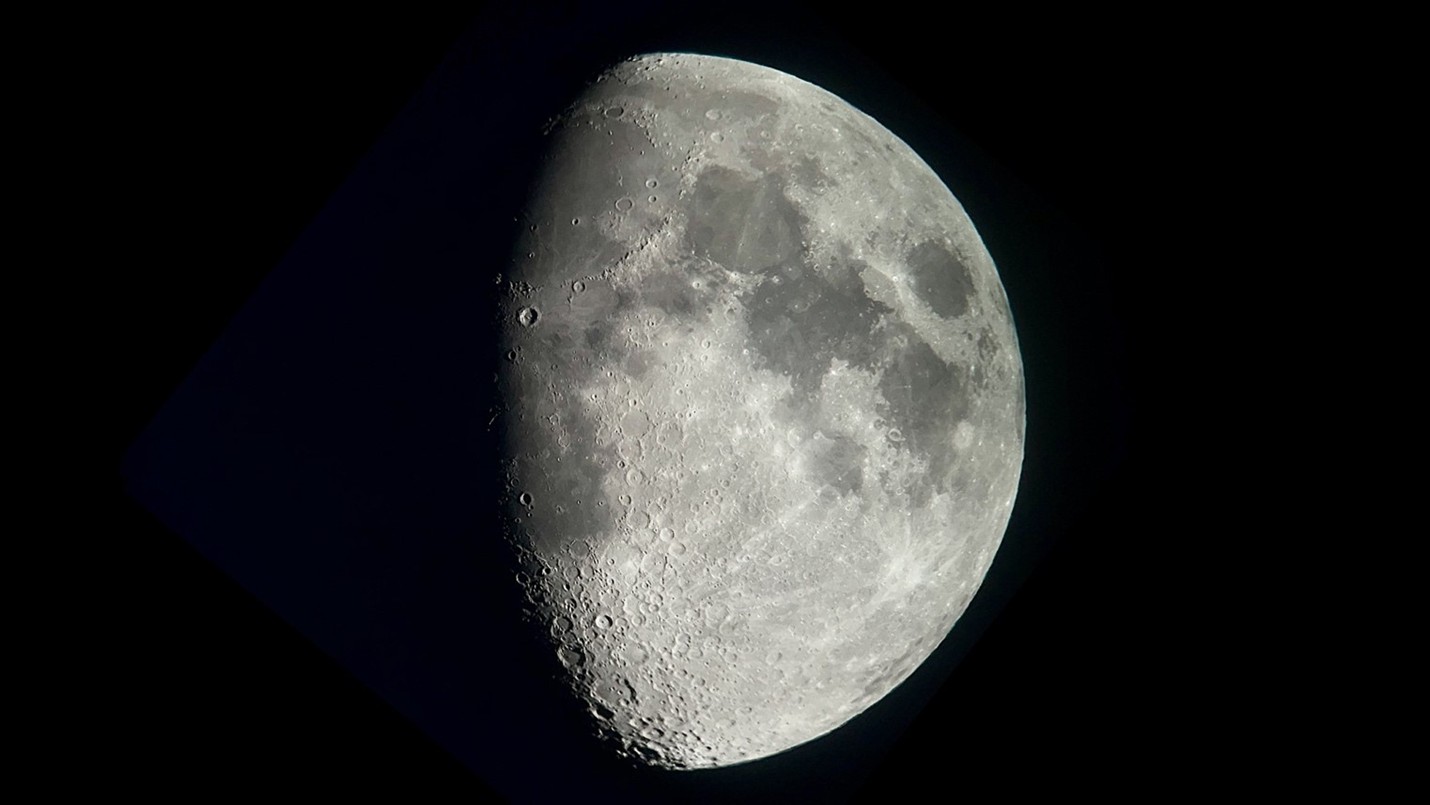
The moon has long captivated observers of all ages. April’s lunar phases of the moon occur as follows:
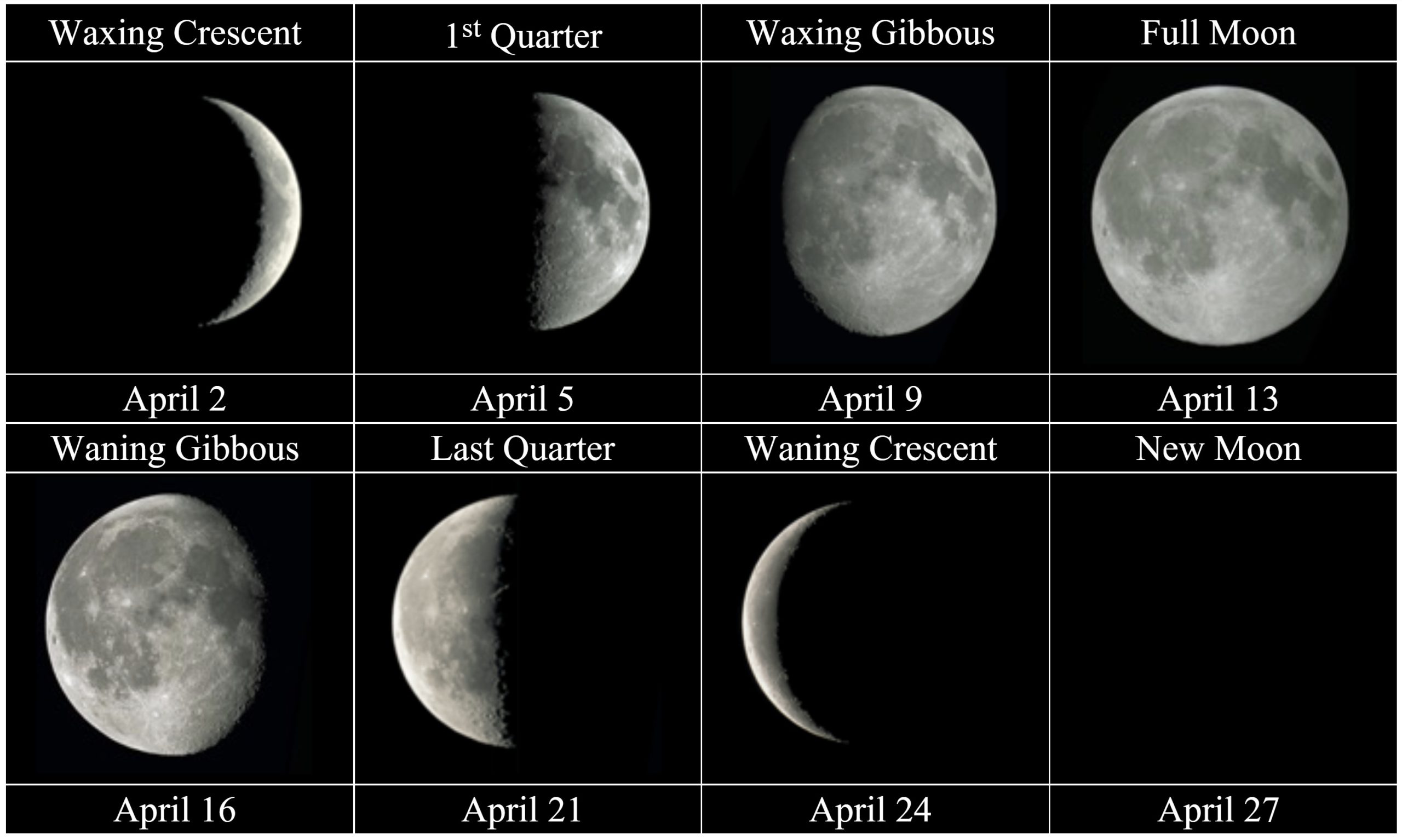
Did you know that many First Nations teachings, including those of the Anishinaabe and the Haudenosaunee people, use the back of a turtle’s shell as a lunar calendar?
~
The April 8, 2024 total solar eclipse anniversary gift
It was a year ago this April 8, that the great Canadian eclipse occurred, enthralling millions across our province!
Fortunately for us, the weather generally cooperated in Ontario and Quebec, sending visitors from all over the world to see this great event from our beautiful province.
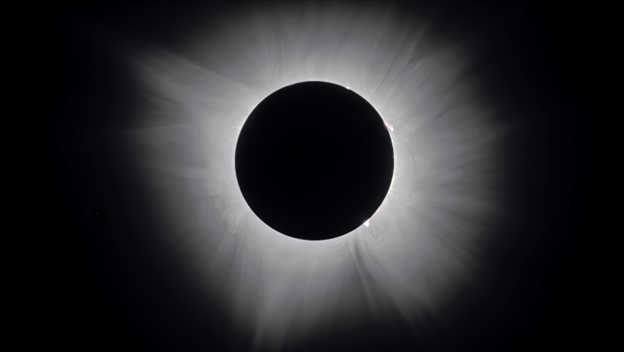
Total solar eclipses are extremely rare and require the precise ratios of a planet’s moon to its sun of their diameters and distances.
In our case, our moon is almost exactly 400 times closer to us than the sun and also 400 times closer. As a result, it perfectly blocks out the light but only for a very small portion of the Earth.
In the picture above taken of last year’s eclipse, we can clearly see the solar prominences (pink extensions) dotting the surface and the cloudy tendrils of the sun’s corona (outer atmosphere) extending outwards in all directions with the moon (big black circle in the middle), obscuring the sun perfectly.
~
The (almost) one year anniversary gift – the March 2025 total lunar eclipse
To celebrate the total solar eclipse of April 2024, we were treated to a beautiful total lunar eclipse on March 14, almost a year later!
In the case of lunar eclipses, the shadow of the Earth is cast upon the moon. The Earth is much larger than the moon so all of the sun’s light is completely blocked out. However, because of the Earth’s atmosphere, the sun’s light is reddened and bent (refracted) to dimly fall upon the moon, hence giving us an incredible red colour.

This red celestial spectacle has been noted by cultured around the world as portents of significant events. While Total Solar Eclipses last for a few minutes, Total lunar eclipses last for many hours and totality itself, is often around one hour long.
As the moon slowly moves eastwards, the Earth’s shadow slowly crosses the moon until all of the light from the sun is directly blocked by the sun. At that point, only the reddish light from the Earth’s atmosphere remains, creating the beautiful dark red-coloured moon!

The normally intense brightness of the full moon is dimmed down so much during a total lunar eclipse that the background stars are clearly visible. That plus the Moon’s reddish colour and surface features make these events truly a delight to behold!
~
The planets: exit, stage right
This winter treated us to some magnificent views of many of the planets (all of them were visible at the same time in the last few weeks of February). However, as we enter April, we loose many of these beautiful objects in the western glow (rightwards as you face south), but not quite all of them.

Jupiter is about half way up in the western sky at sunset and sets just after midnight. Mars follows Jupiter a couple of hours later. Its high in the southwestern sky at sunset and sets before 4:00 p.m. For more information, see our November through January blog posts.
~
Comets and meteor showers
Meteor observing, especially in the dark skies of provincial parks, is one of the most enjoyable ways to get into astronomy.
You don’t need any special equipment other than your eyes!
A lounge chair, sleeping bag, and a friend are all welcome additions to enjoying the spectacle. If you look at our constellation charts, you can practice learning your constellations while you watch for the meteors.
A meteor shower occurs when the Earth enters the debris field of a comet that has long ago passed around the sun.
These bits of dust and grit, often no bigger than your thumbnail, enter the earth’s atmosphere and burn up high above the ground (see our post on meteor showers for more information).
November is a relatively quiet month from a meteor shower perspective.
Nevertheless, observers are always able to see sporadic (random or unidentified shower) meteors as they may occur.
On any given night in the dark skies of provincial parks, you might see as many as five to 10 sporadic meteors per hour, especially after midnight.
There are two meteor showers that occur in April.
This April the Lyrid meteor showers will peak on the night of April 21/22. This shower, while not as spectacular as the Perseids still provides viewers in dark skies with 20 meteors/hour!
~
Featured constellations: the Bears and a Dragon
In last month’s blog, we discussed some of the constellations that are prominent in the spring: Leo the Lion, Cancer the Crab, and Coma Berenices (Queen Berenice of Egypt’s hair).
This month, we will focus on two of the most well-known, as well as one of the longest, constellations visible in the night sky: Ursa Major, the Great Bear (Big Dipper) and Ursa Minor, the Little Bear (Little Dipper).
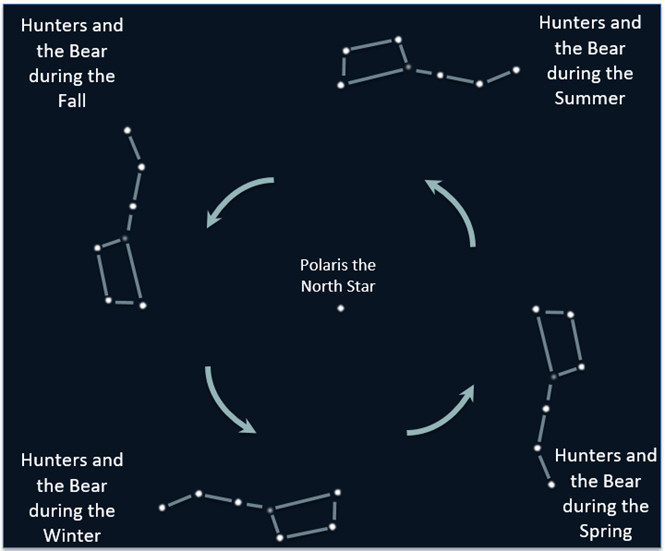
~

